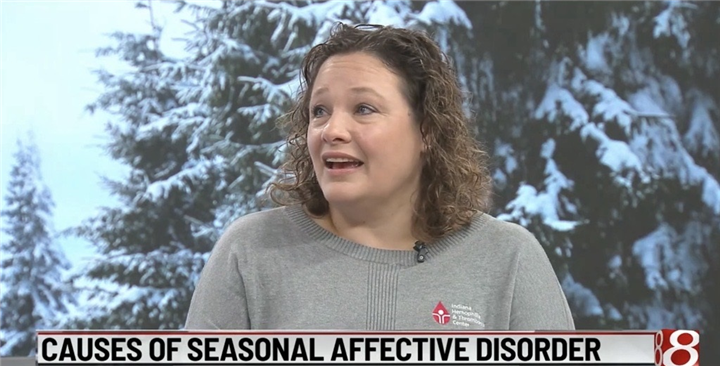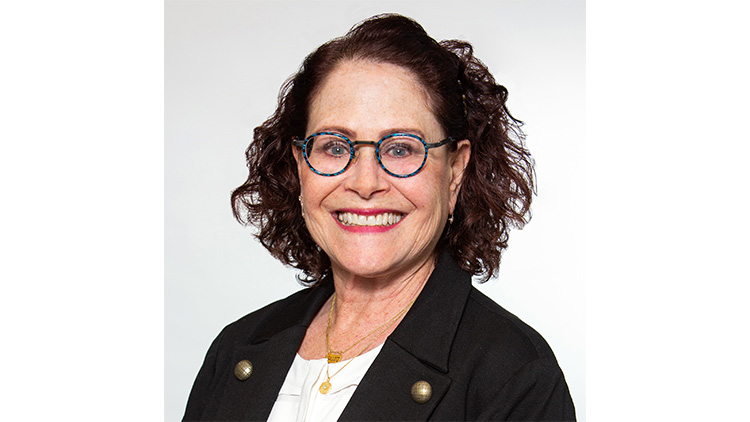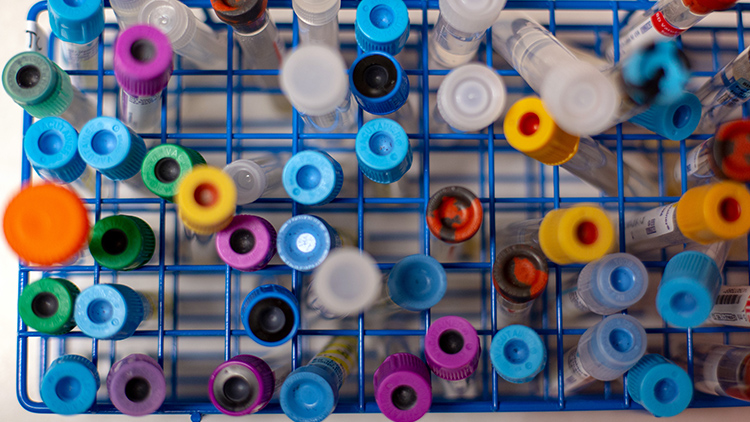INDIANAPOLIS (WISH) — The start of winter means shorter days, and the lack of sunshine can lead to being less active and engaging.
These things combined can cause you to have a change in your mood known as Seasonal Affective Disorder.
Like the seasons, moods can change over the course of a year. SAD is a type of depression that starts right around the seasonal changes of late fall/early winter.
Dr. Cara Hannemann, a clinical psychologist with Indiana Hemophilia and Thrombosis Center in Indianapolis, helps patients navigate complex mental health issues.
“Here in the middle of Indiana, we don’t have much sunshine this time of year and it can cause people’s mood to fall quite a bit,” she said.
SAD is thought to be caused by a lack of light, serotonin, and Vitamin D.
Symtpoms of SAD include
- Loss of interest in activities you typically enjoy
- Lower energy
- Feeling sluggish or agitated
- Challenges with sleeping
- Changes in appetite or weight
- Difficulty concentrating
Brushing these symptoms off as merely temporary and not actively treating them can result in more prolonged mental health issues down the road.
“You can do things like keeping to a routine and getting up the same time every morning,” Hannemann said.
Other treatments to help improve SAD symptoms, include:
- Light therapy: If weather keeps you from being out in the natural light, consider easy-to-use light therapy boxes and lamps. The light simulates outdoor sunshine.
- Psychotherapy: Setting up sessions to speak with a licensed therapist can give you the tools to navigate SAD symptoms. A great site to search for support is www.in.gov/bewellindiana/.
- Vitamin D: We all need it, especially during the winter. Sunshine is one of the best sources of vitamin D but when the weather gets in the way, vitamin D supplements are a great alternative. You can also pack your day with vitamin D rich foods, like salmon, egg yolks and mushrooms.
- An antidepressant medication: Consider talking to your health care provider about the possibility of prescription antidepressants.
SAD affects up to 5% of Americans in the winter. Having depression puts someone at higher risk for SAD symptoms. In 2022, the CDC’s Behavior Risk Factor Surveillance System showed 22.8% of adults in Indiana had ever been told they have a form of depression.
“The problem with ignoring it and hoping it goes away is when you get depression, regardless of cause, the longer it goes on, the more likely it is to recur again,” Hannemann said.




